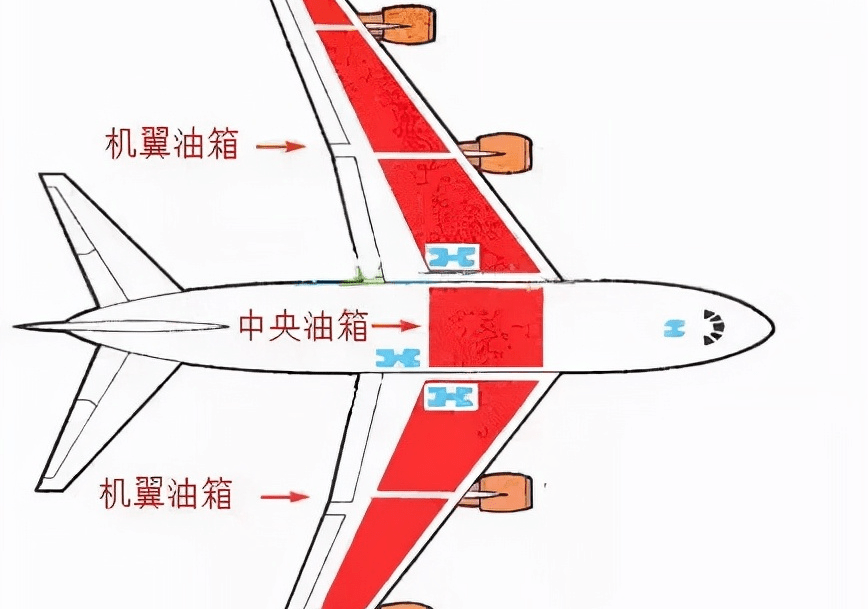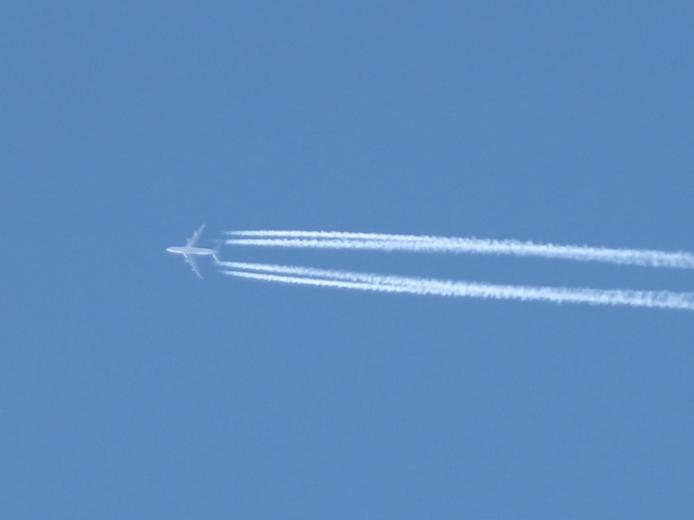-
Mobile Version
Scan with Mobile
- Member Center
 517
517
Where is the fuel tank of the plane?
Most friends who have been on an airplane may think that the fuel tank is on the large fuselage of the airplane. In fact, an aircraft usually has three tanks: the center tank, the left main tank, and the right main tank. The central fuel tank is located on the belly of the aircraft, while the two main fuel tanks are hidden on both wings of the aircraft.

So why place the main fuel tank inside a seemingly flat wing?
This is mainly due to the safety and economy of the aircraft. Civil passenger aircraft need to carry passengers and cargo, in order to reduce the occupancy of fuselage space, improve the transportation capacity of the aircraft, and achieve maximum economic benefits. In addition, wing fuel storage can reduce the fuel supply distance, greatly reducing the complexity of the fuel system.
From a safety perspective, as the aircraft continues to consume fuel, its center of gravity is constantly changing. Therefore, arranging the fuel tank on the wing surface close to the center of gravity can reduce the displacement of the fuselage center of gravity, thereby improving the safety of the aircraft. The wing is relatively far from the ground, and when encountering an emergency situation, such as an aircraft emergency stop, the possibility of a collision between the fuel tank and the ground is relatively small and relatively safe.
Why can't I open the window on the plane?
This is to ensure passenger safety and the flight environment.
One is due to atmospheric pressure.
Friends who have climbed mountains may have experienced altitude reactions, and airplanes fly at altitudes higher than Mount Everest. At such altitudes, the pressure outside the cabin will drop sharply, and ordinary people cannot survive under such pressure. In order to ensure the safety of passengers, the cockpit of an aircraft is generally designed as a closed cockpit and pressurized to a pressure that ordinary people will not feel uncomfortable. Therefore, the windows of the aircraft cannot be opened.
The second reason is temperature.
The flight altitude of an ordinary passenger plane can reach 10000 meters, belonging to the bottom of the stratosphere, where the temperature is usually 50 degrees below zero, and passengers cannot adapt. Therefore, the windows of the airliner are fixed. Cabin pressurization is the introduction of hot air from the engine, which is used to adjust the cabin microclimate environment to a state suitable for human survival through the aircraft air conditioning system.

What are the several white cigarettes pulled out by the plane?
This white smoke is called aircraft cloud, also known as aircraft wake, aerial cloud, and condensation end. Common in the tail of aircraft flying at high altitude.

There are two causes of aircraft clouds. One is condensation caused by engine exhaust gas. The same is true of the "hot gas" we emit in winter: When a jet plane flies at an altitude that is relatively cold and has a high water vapor content, the exhaust gas emitted from the tail of the aircraft can reach about 600 degrees Celsius, becoming an "aerosol catalyst" for artificial cloud formation, allowing low-temperature and high-humidity air to condense into cloud belts. The amount of water vapor in the air varies, and the duration of aircraft cloud retention varies. Aircraft flying at low altitudes typically have no aircraft clouds at the tail.
The other is that the aircraft is flying in nearly saturated air, and the air near the tip of the propeller and wing is cooled adiabatic due to reduced power, resulting in condensation. However, this situation is relatively rare.
Some images are from the internet and are only for sharing and deletion


